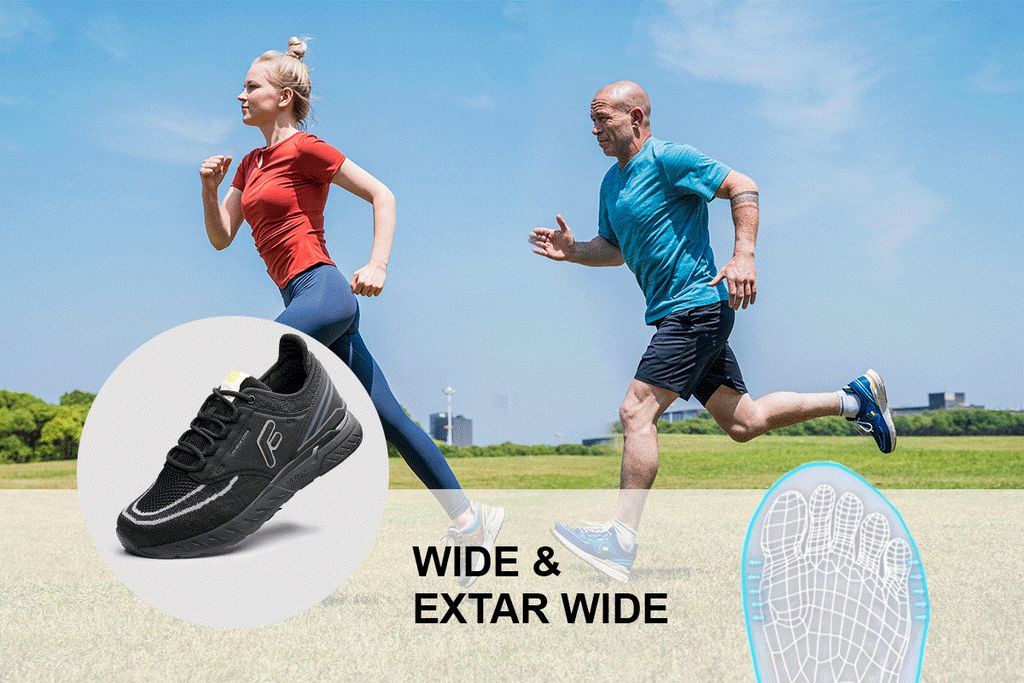Do we really need wide shoes?

We have talked a lot about the benefits of wide shoes, but is that all we need?
Not everyone has wide feet. The important thing is that we should know about the width of our feet and conditions where additional room is needed.
Normally, we can measure our feet with a ruler. The length of a foot is the distance between your big toe's tip and your heel. The width of a shoe is from the ball of your big toe to your baby toe. Keep in mind that sizes may vary from brand to brand. You need to read the size chart carefully before buying.
Besides the common size system consisting of a serial of numbers, some brands like us also provide options for multiple widths. D usually stands for standard width. 2E and 4E are wider (and much wider) than standard. 6E usually is the widest of all shoe options. If you are not sure which size fits you best, inquire with our customer service first before purchasing.
While your static foot size is measurable, there are many conditions for which your feet will require more width in the shoe. For example, when you walk or stand for a long time, your feet are prone to swelling. In this case, your normal-sized shoe will be squeezing your swollen toes. Therefore, if your work requires a lot of standing and walking, you need to size up a little in case of swelling.
Other diseases like bunions and corns also require extra width in shoes to avoid scratching and squeezing. If you are suffering from foot diseases, it's important that you ask your podiatrist to choose the proper width shoes.
Choosing shoes that are wide enough for your feet is hard, but FitVille makes it easy for you. The wide toe box is a legacy here. The comfortable cushion and arch support, together with hyper-protective mechanisms, make FitVille shoes an ultimate choice for all users. Don't hesitate to try them out!
About FitVille Footwear
Just Follow us on LinkedIn, Facebook, YouTube, Instagram, RSS feed and Pinterest to catch our brand news.
What FitViller Prefers
Best Shoes to Buy

Popular Men's Shoes

Popular Women's Shoes
































